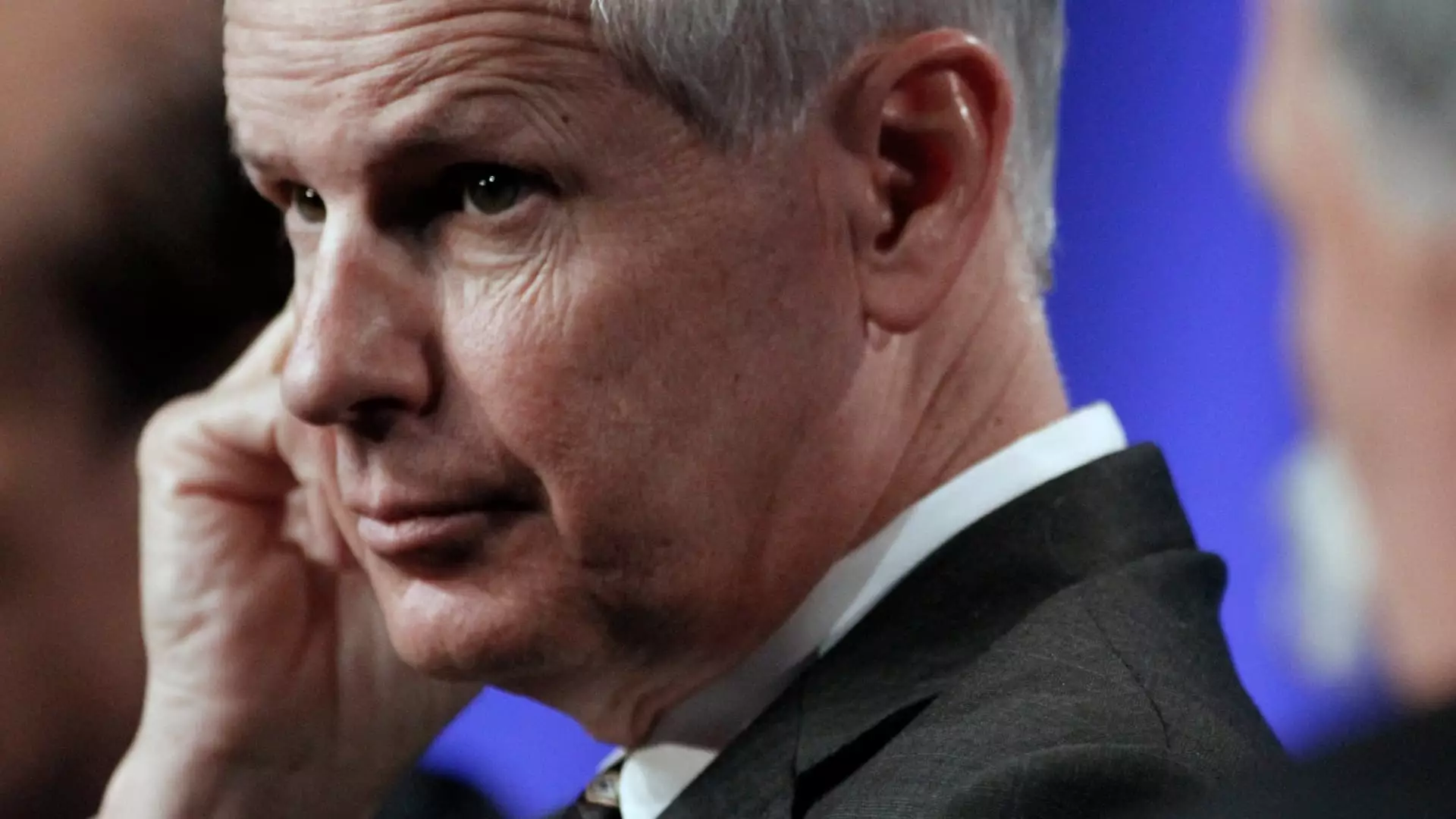After four decades of redefining the pay-TV landscape, Charlie Ergen, founder of EchoStar, finds his company at a crucial crossroads. Currently, EchoStar is engaged in intricate negotiations to divest its satellite TV arm, Dish Network, to its longtime rival, DirecTV. These discussions draw considerable attention not only because of their potential impact on the industry, but also due to the underlying financial pressures that EchoStar faces as it struggles under looming debt obligations. The complexities of these negotiations highlight the dramatic shifts in the pay-TV sector, primarily driven by changes in consumer habits and mounting competition from streaming services.
At the crux of these talks lies EchoStar’s urgent need to address its impending debt of $1.98 billion, which is set to mature shortly. With reports indicating that EchoStar currently possesses only around $521 million in cash and cash equivalents, the situation looks grim. The company’s forecast of negative cash flows throughout 2024 raises significant concerns about its financial viability. Analysts suggest that the outlook points towards a possible bankruptcy in the coming months unless drastic measures are taken to stabilize the company’s finances.
The negotiations with DirecTV are therefore not merely strategic; they are essential for the company’s survival. They signify EchoStar’s attempts to reorganize and leverage its assets amid an increasingly harsh landscape for traditional TV providers. The stakes are high, as the completion of any deal remains uncertain, contingent on various factors including creditor approval and regulatory scrutiny.
The discussions of a Dish and DirecTV merger are not new; rumors have circulated for years. A similar deal was almost realized back in 2002 but fell apart due to regulatory challenges, accentuating the difficulties such a merger would involve. This history paints a picture of the high level of competition and regulatory hurdles that have characterized the satellite TV market, highlighting its volatile nature.
Furthermore, the current proposal to structure the transaction as an all-cash deal emphasizes the urgency surrounding EchoStar’s financial situation. With the market for traditional pay-TV declining, both companies have seen subscriber numbers dwindle. Reports indicate that Dish Network has already lost significant ground in the subscriber base, now boasting just 6.1 million satellite clients compared to its previous numbers. DirecTV, having similarly suffered losses post its acquisition by AT&T, has seen its subscriber base shrink from approximately 15.4 million to around 11 million.
Adapting to Change: The Streaming Era
The underlying reason for this subscriber decline can largely be attributed to the explosive growth of streaming services. Consumers have increasingly gravitated towards on-demand platforms such as Netflix and Disney+, reflecting a broader trend in media consumption. The messaging around DirecTV’s advertising campaign, which aims to reshape its brand image beyond just being synonymous with satellite dishes, indicates an acknowledgment of this shift. The company has recently intensified efforts to attract streaming customers, which represents a critical pivot for its long-term viability.
This transition also underscores a major challenge for traditional pay-TV operators. As they attempt to adapt to this new environment, they face the dual pressures of evolving consumer preferences and the need to restructure their business models to offer competitive alternatives.
The Road Ahead: Challenges and Opportunities
The potential sale of Dish to DirecTV represents a significant juncture in the pay-TV industry, with implications that stretch beyond the two entities involved. The landscape of video distribution is in flux, with consumer preferences rapidly shifting towards digital focus and personalized content. However, the outcome of this negotiation, and whether the merger can overcome the hurdles of regulatory scrutiny and financial complications, remains uncertain.
There are opportunities on the horizon. If successfully executed, the merger could yield synergies that improve cost efficiencies. It could also help consolidate a beleaguered industry, possibly rekindling competition against the burgeoning streaming sector. Nevertheless, the impending challenges of the pay-TV marketplace necessitate strategic foresight and adaptability as companies like EchoStar and DirecTV navigate these turbulent waters. Ultimately, how they respond in this critical moment will likely shape the future of pay-TV for years to come.

